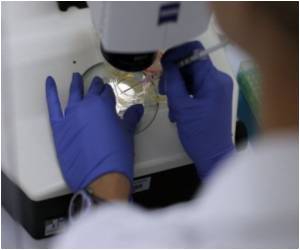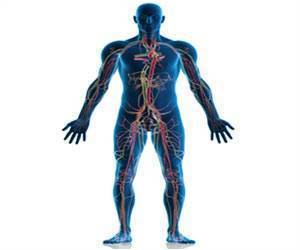Researchers have identified minute whiskers in nanoscale dimensions taken from sea creatures could have the essential factor to grow human muscle tissue.

Alignment is important since a lot of tissue in the body, including muscle, contains aligned fibres which give it strength and stiffness.
Cellulose is a polysaccharide - a long chain of sugars joined together - usually found in plants and is the main component of paper and certain textiles such as cotton.
It is already being used for a number of different medical applications, including wound dressings, but this is the first time it has been proposed for creating skeletal muscle tissue.
Tunicates grow on rocks and man-made structures in coastal waters around the world.
Cellulose extracted from tunicates is particularly well suited for making muscle tissue due to its unique properties.
Advertisement
When aligned and parallel to each other, they cause rapid muscle cell alignment and fusion.
Advertisement
This tissue could be used to help repair existing muscle or even grow muscle from scratch.
"Cellulose is being looked at very closely around the world because of its unique properties, and because it is a renewable resource, but this is the first time that it has been used for skeletal muscle tissue engineering applications," said Eichhorn.
"There is potential for muscle precision engineering, but also for other architecturally aligned structures such as ligaments and nerves," added Eichhorn.
Source-ANI









